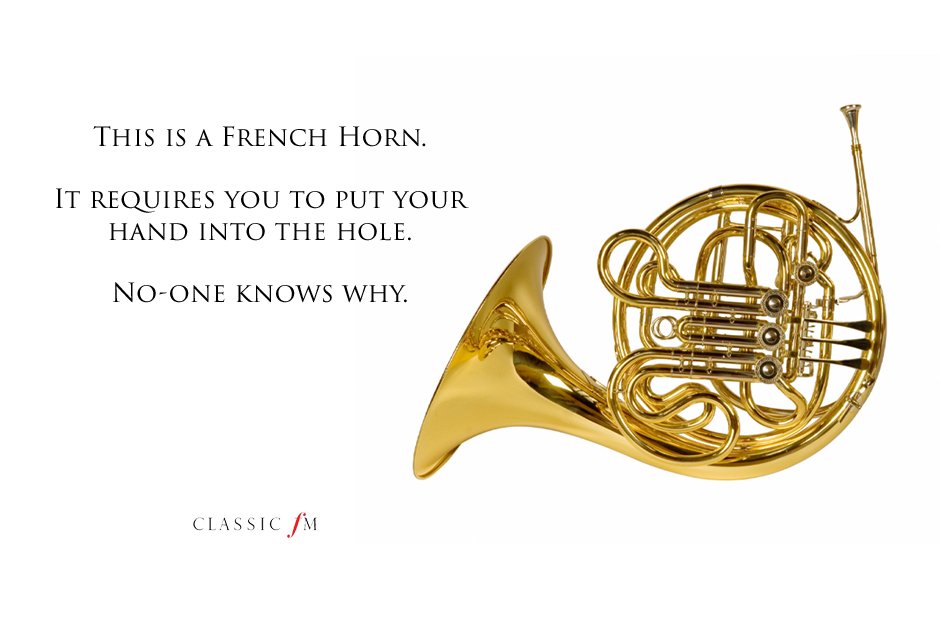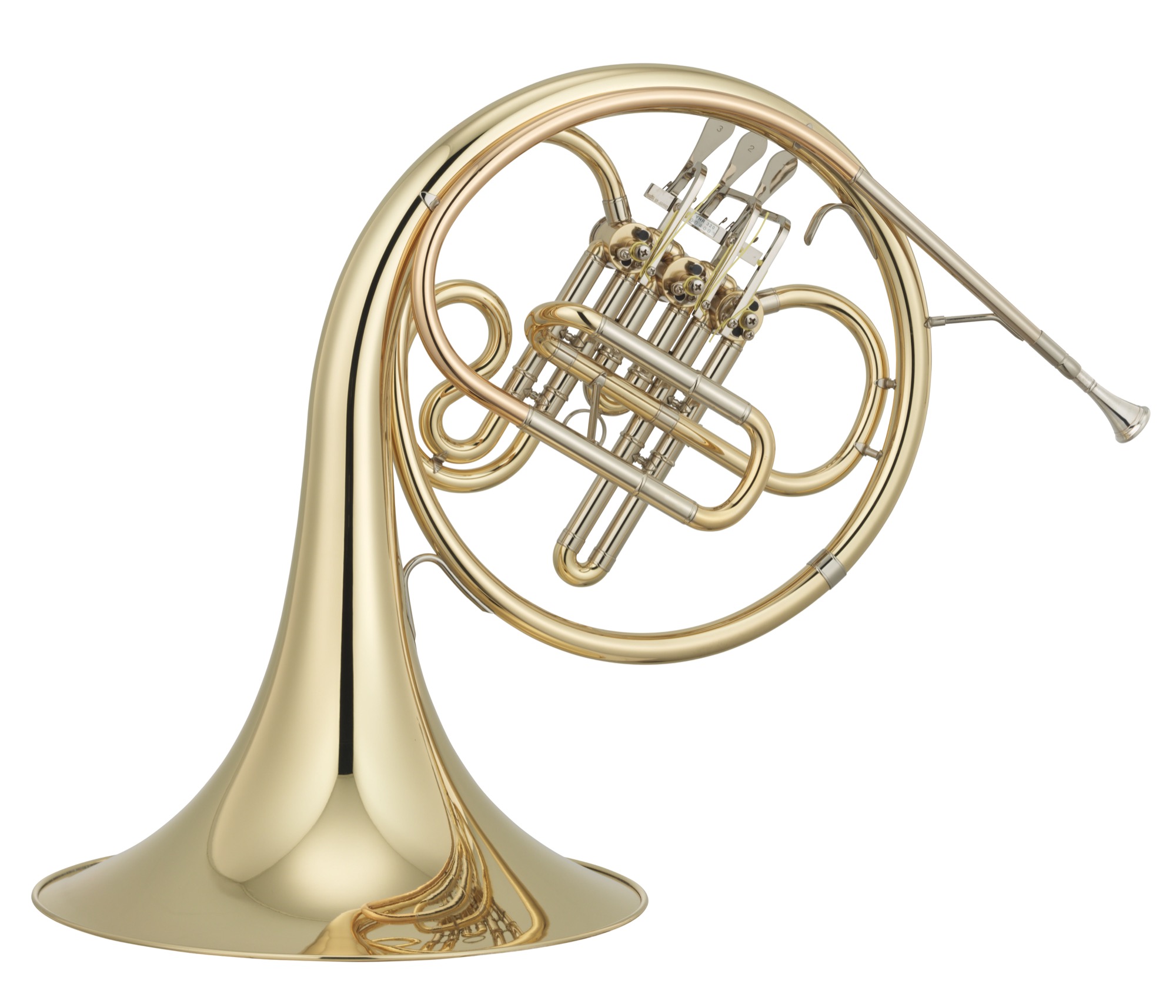Virtual French Horn
French Horn & Tuba, v. 1 was first released in 2012. Even though it already included some advanced features of the most recent instruments, like early reflections and microtuning, we were asked to bring it to the same level of the currently available Trombone 3 & Trumpet 3. That's why The French Horn & Tuba v.3 is here! French Horn Lessons and Virtual French Horn Lessons. The versatility of the french horn knows no limit. With it’s diverse range and tones, the french horn can be found in many ensembles doing anything from bellowing powerful fanfares or singing sweet melodies. Taking private french horn lessons is a terrific way to introduce students to this.
Instrument Technology
French Horn & Tuba 3 further expands Samplemodeling™ technologies. Multi-microphone anechoic recording allows to capture the original timbre of the instrument, along with its radiation pattern. Our proprietary 'Harmonic Alignment' yields continuous transitions across virtually infinite dynamics. Specially devised 'early reflections' impulse responses add a virtual space to the anechoic sound, greatly contributing to realism (see below). The programming moves further away from conventional libraries, by exploiting physically-oriented modulation of the recorded sound. This yields the characteristic crescendo pattern of French Horns, typical brass flutter on transitions, or even the 'watery' sound, knocks, breath noise, and metallic resonances from the bell and the body of the instrument, greatly contributing to realism. The result is a series of playable, very expressive virtual instruments retaining the rich, full sound of the real ones.
The package includes four different French Horns and a Tuba. The base material of the instruments consists of 270 MB of samples, chromatically performed by professional players over a very wide dynamic range. All samples are unlooped, and have a duration of 9 sec. As in the 'The Trumpet' and 'The Trombone' the musical engine is structured according to an adaptive model, based on the performance 'fingerprints' of the real instrument. The purpose of the model is to minimize the differences between the real phrases and those played by the virtual instrument.
Proprietary modal resonance IRs, innovative techniques for sample modulation, and advanced artificial intelligence MIDI processing are used for real time construction of all articulations and morphing across dynamics, vibrato, legato, portamento, trills, vibrato-like endings, shakes and so forth.
Pseudo-random detuning, based on real performance-derived pitch trends, is another outstanding new feature of French Horn & Tuba 3, adding further realism.

Why anechoic?
The purpose of anechoic recording was threefold:
- avoid “contamination” of the pure French Horn & Tuba sounds with the uncontrolled resonances of a particular ambience,
- allow artifact-free “harmonic alignment” processing
- provide clean articulations and phrases as a database to build the “adaptive model”.
Virtual Instruments? No additional software needed?

Kontakt 5 Player
French Horn & Tuba 3 is supplied with the NI Kontakt Player 5.5, the read-only version of Native Instruments sampler. It involves many new features and bugfixes, including 64 bit, extended memory and multicore support, DFD optimization, better compliance with some OS and hosts, etc. The Player is included as a separate installer, and no additional software is required to play the instrument. Stand-alone mode, as well as plugin formats VST, AU and AAX, 32 or 64 bit, are supported.
Virtual French Horn Restaurant
Kontakt 5 Sampler vs. Full Kontakt
French Horn Tuner
The instruments can be loaded and played in the full versions of Kontakt. Please note that they cannot be opened or modified, and no access to the samples, impulse responses or instrument programming is provided.